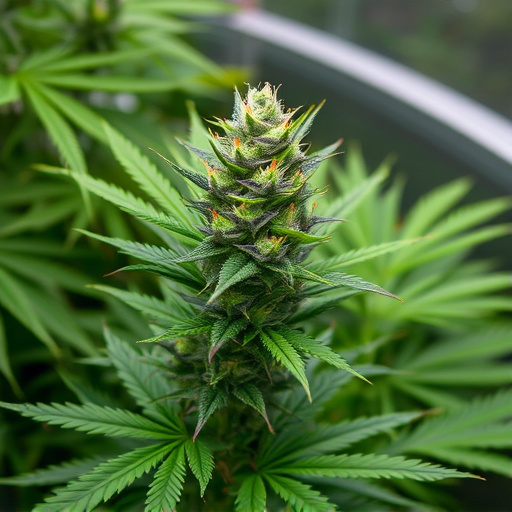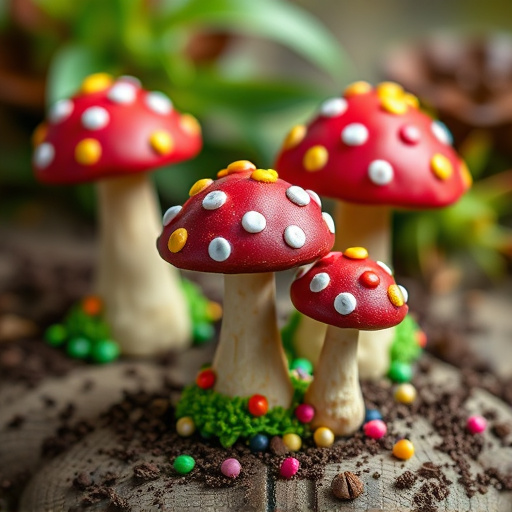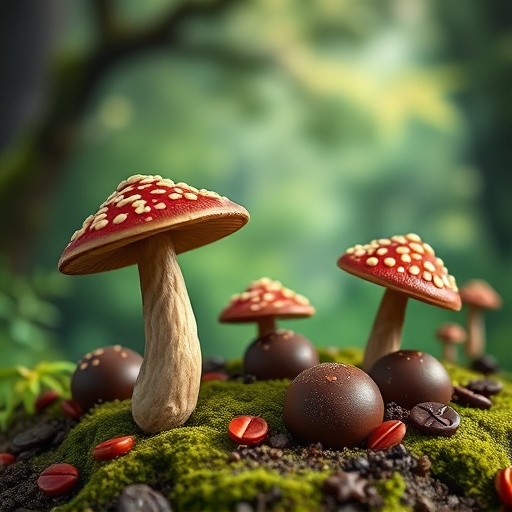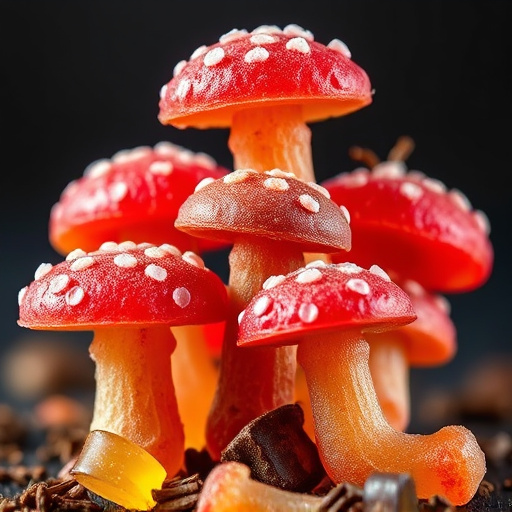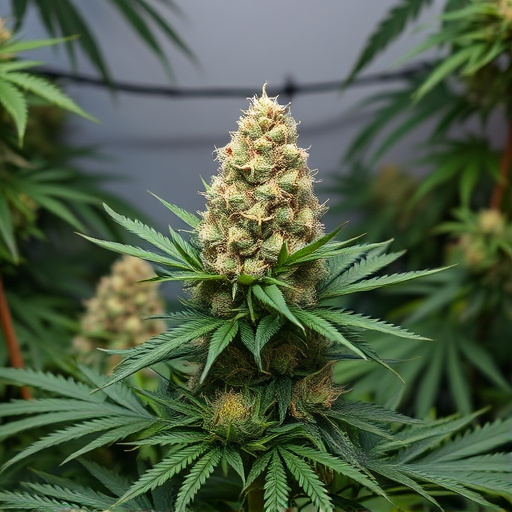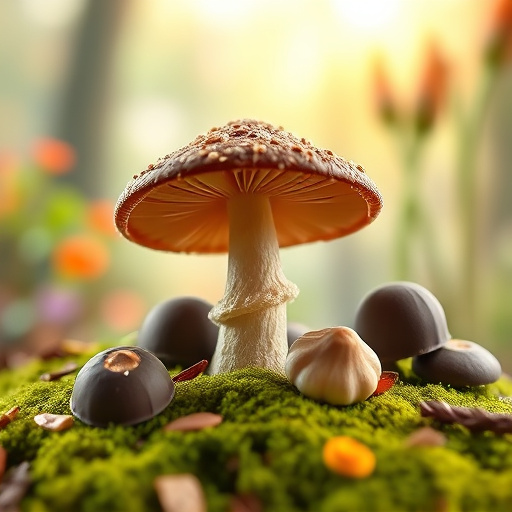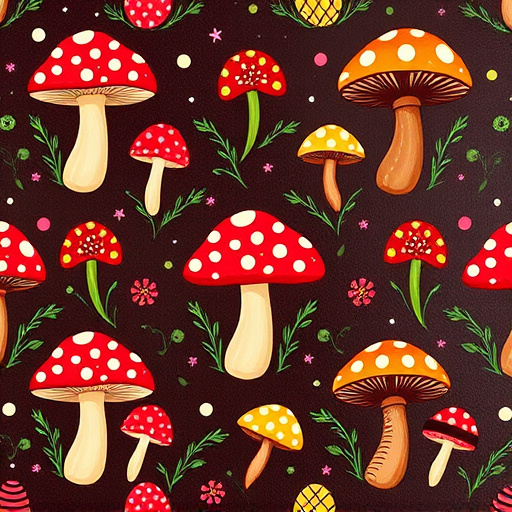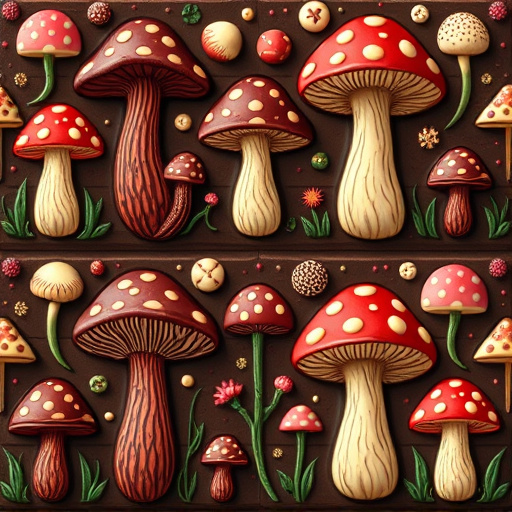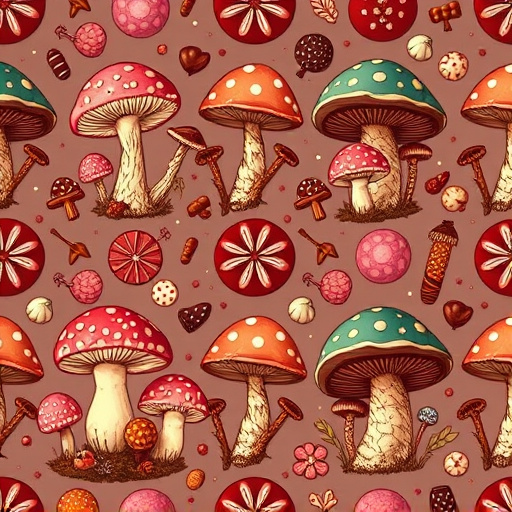The history of magic mushroom chocolates stretches back centuries, with various cultures using psychedelic mushrooms for ceremonial and medicinal purposes. In recent years, growing interest in psilocybin's therapeutic potential sparked innovation in the food industry, leading to gourmet psilocybin chocolates now popular in the wellness market. These chocolates combine ancient wisdom with modern gastronomy, offering a unique blend of taste and potential health benefits from mushrooms like Reishi, Chaga, Lion's Mane, and Cordyceps. However, their use requires safety precautions due to their psychoactive properties.
“Magic mushroom chocolates, a delightful fusion of psychedelic wonders and delectable treats, have captivated minds and stirred senses worldwide. This article takes you on a journey through the captivating history of these unique confections, exploring their evolution from esoteric to mainstream. We delve into the diverse types, from creamy truffles to intricate molds, offering a sensory experience like no other. Furthermore, we discuss safe usage practices and popular consumption methods, providing insights for those curious about this intriguing aspect of modern culinary exploration.”
- A Brief History of Magic Mushroom Chocolates
- The Different Types and Varieties
- Usage and Consumption: Safety Precautions and Popular Methods
A Brief History of Magic Mushroom Chocolates

Magic mushroom chocolates, also known as psilocybin chocolate, are a modern twist on an ancient tradition. While the use of mushrooms for their psychoactive properties dates back centuries in various cultures, incorporating them into edible treats like chocolates is a relatively recent development. The concept gained traction in the early 2010s as research into the therapeutic potential of psilocybin—the active compound found in certain types of mushrooms—started to gain momentum.
This renewed interest sparked a wave of innovation within the food industry, leading to the creation of gourmet chocolates infused with psilocybin. Today, these chocolates are not just a novelty but a growing segment in the wellness and alternative medicine market. Their history is marked by both cultural curiosity and scientific exploration, as creators strive to offer unique experiences while navigating regulatory challenges related to their usage.
The Different Types and Varieties
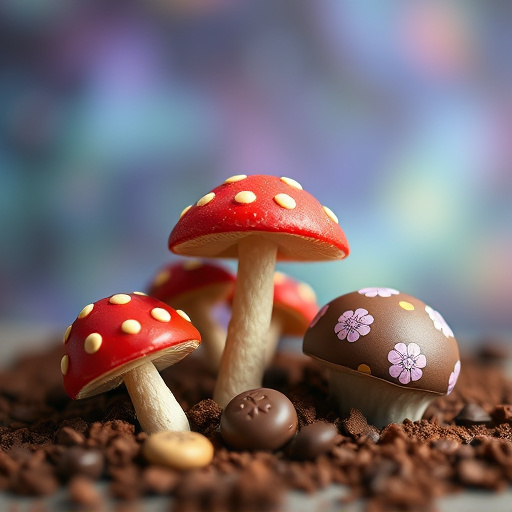
Magic mushroom chocolates are a unique confectionery treat that combines the essence of psychedelic mushrooms with chocolate, offering a sensory experience like no other. These chocolates come in various forms, each with its own distinct flavor and effects, stemming from the history of their usage in ceremonial and medicinal practices. The most common types include:
1. Reishi Chocolate: Reishi mushrooms, known for their adaptogenic properties, are infused into dark chocolate, creating a calming and relaxing effect. This variety is popular among those seeking natural stress relief.
2. Chaga Chocolate: Chaga mushrooms, often referred to as the “king of mushrooms,” are blended with milk or dark chocolate, providing a robust flavor profile along with potential immune-boosting benefits.
3. Lion’s Mane Chocolate: Lion’s mane mushrooms are celebrated for their cognitive-enhancing properties, and when incorporated into chocolates, they offer a stimulating yet subtle experience.
4. Cordyceps Chocolate: Cordyceps mushrooms have been used traditionally to improve energy levels and athletic performance. These mushrooms are often paired with chocolate to create a delicious and potent snack.
The history of magic mushroom chocolates is deeply rooted in the ancient practices of indigenous cultures that utilized psychedelic mushrooms for spiritual and medicinal purposes. Over time, these traditions evolved into modern-day applications, where mushrooms are now recognized for their therapeutic benefits, leading to innovative culinary creations like these chocolate blends.
Usage and Consumption: Safety Precautions and Popular Methods
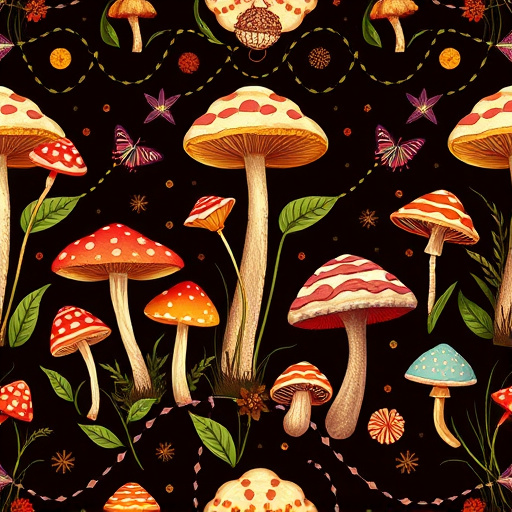
Magic mushroom chocolates are a delightful fusion of psychedelic fungi and confectionery, offering a unique sensory experience. The history of their usage dates back centuries, with indigenous cultures utilizing psilocybin-containing mushrooms for their medicinal and spiritual properties. Over time, as these cultures shared their knowledge with the west, interest in the therapeutic benefits of magic mushrooms grew. Today, they’re enjoyed by many for their potential to induce altered states of consciousness, enhanced creativity, and profound personal insights.
Consumption typically involves eating the chocolate directly or infusing them into various recipes. Popular methods include adding a few pieces to a warm beverage like tea or warming up the chocolate to soften it before indulging. It’s important to remember that, like any substance with psychoactive properties, magic mushroom chocolates require safety precautions. Users should start with smaller doses, be in a safe and comfortable environment, and have a companion for support. Always purchase from reputable sources to ensure quality and purity.
Magic mushroom chocolates, a delightful fusion of culinary arts and psychodelic exploration, have evolved from mere curiosity to a recognized form of alternative therapy. With a history steeped in cultural traditions, these delectable treats offer a unique experience, both sensory and transcendent. Understanding their usage and proper consumption is key to harnessing potential benefits while prioritizing safety. As interest continues to grow, ongoing research promises to unveil more about the therapeutic applications of magic mushrooms, solidifying their place within the realm of holistic well-being.
